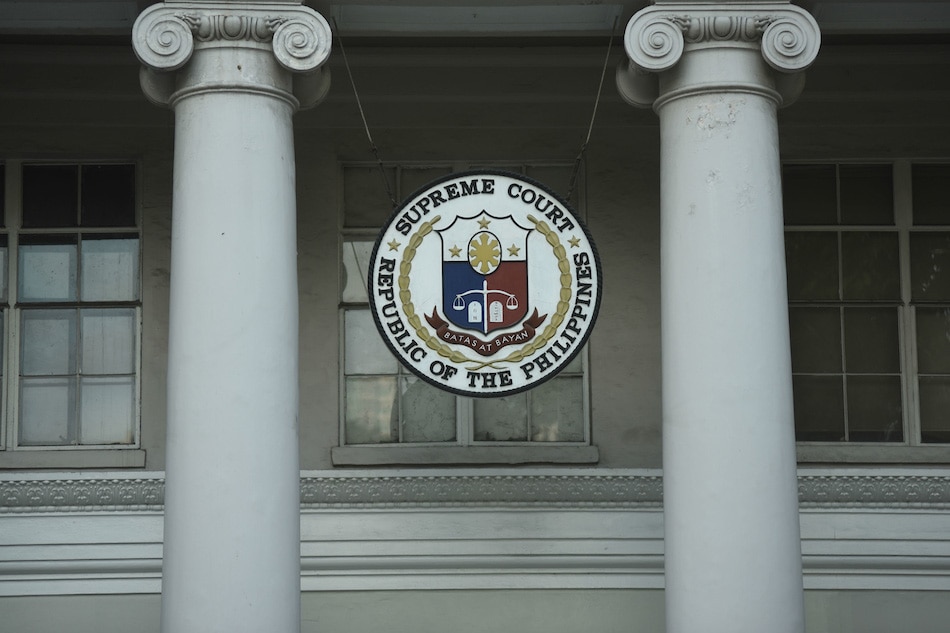In the long-running legal battle between civil engineers and architects over who has the right to prepare, sign, and seal architectural designs and documents for building construction, the nation's highest court has decided in favor of the architects. The 2004 Revised IRR of the National Building Code is legitimate and constitutional, the court ruled, and only licensed and registered architects have the exclusive right to do so. This important ruling upholds the qualifications and professional privileges of Filipino architects in practicing, duh... "architecture".., in the Philippines.
The primary questions in the case are whether civil engineers have the right to prepare, sign and seal architectural documents, such as blueprints, designs, and specifications for the construction of buildings, and whether the 2004 National Building Code (NBC) Revised Implementing Rules and Regulations (IRR) that restricted this power to architects are lawful and constitutional.
The 2004 Revised IRR of the NBC is valid and consistent with the Architecture Act of 2004 (RA 9266), which regulates the practice of architecture in the Philippines, the Supreme Court ruled. Only licensed and registered architects, not civil engineers, have the exclusive authority to prepare, sign, and seal architectural documents.
These were the grounds upon which the Supreme Court based its decision:
The 2004 Revised IRR of the NBC merely put into effect the provisions of RA 9266, which specifically granted architects the exclusive right to prepare, sign, and seal architectural documents and prohibited government officials from accepting or approving any documents that were not prepared by architects. This did not exceed the rule-making authority of the Department of Public Works and Highways (DPWH).
Only civil or structural documents may be prepared, signed, and sealed by civil engineers, as permitted by the Civil Engineering Law (RA 544), which establishes the parameters of civil engineering practice. The other provisions of the law and the legislative intent make it clear that the term "building" in RA 544 should only be understood to refer to structures that are related to waterworks or meant for public gatherings.
Only mechanical and electrical engineers are recognized by the official version of the NBC, which is certified by the Malacañang Records Office and published in the Official Gazette, to be able to prepare, sign, and seal architectural documents. The NBC version that contained the phrase "licenced architect or civil engineer in case of architectural and structural plans," which was kept in the National Library and referenced by the Court of Appeals, was not offered or admitted as evidence in the trial court and, as a result, cannot be taken into consideration on appeal. In addition, the term was a misprint or a typo, and using it would be changing the legislation.
Because of the unbridgeable contradiction and conflict between these laws, RA 9266 has implicitly repealed or modified RA 544 and the NBC to the extent that they allow civil engineers to prepare, sign, and seal architectural documents. RA 544 and the NBC are general laws that cover a variety of professions related to building design and construction, while RA 9266 is a special law that deals specifically with the practice of architecture. Lex specialis derogat generali, which states that a special law supersedes a general law on the same subject matter, is applicable.
Since the 2004 Revised IRR of the NBC was implemented to protect the State's police authority and guarantee that only qualified professionals could prepare the necessary paperwork for a building permit, it did not infringe upon the substantive due process rights of civil engineers. Civil engineers' ability to practice their profession was not taken away by the 2004 Revised IRR of the NBC; rather, it limited their authority with regard to architectural documents. It is still, without a doubt, the exclusive right or privilege of civil engineers to prepare, sign, and seal structural or civil documents in addition to other non-architectural documents. The decision did not take away any of their rights that they were not supposed to have in the first place, which historical conditions permitted. It only gave the architects of today their rightful place and domain in the realm of the multidisciplinary professions of designing and constructing buildings.
This decision should usher in a more informed population about the roles of architects and engineers in nation-building. Gone should be the days when people took architects as just visual artists or drawing specialists and assigned the title "master builders" to civil engineers who never took any architectural design class or 2-year construction training prior to taking professional examinations. The curtains have been drawn, and the truth is out in the open, adjudicated by the ultimate arbiters of the land.
See Court Decision here: 200015.pdf (judiciary.gov.ph)














